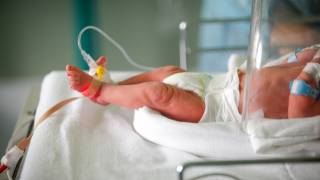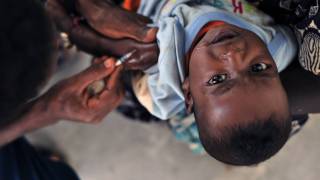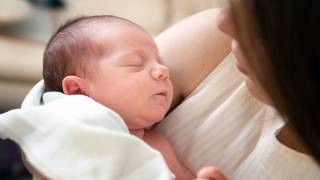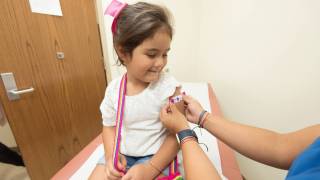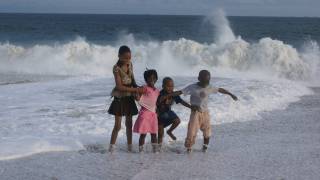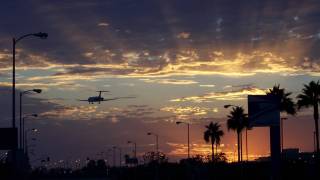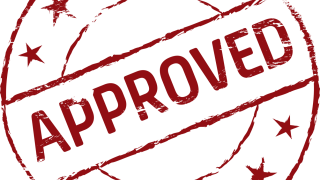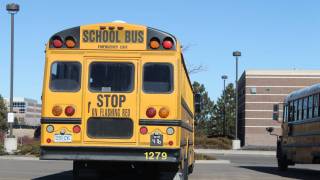Mumps Outbreak in Alaska Exceeds 214 Cases
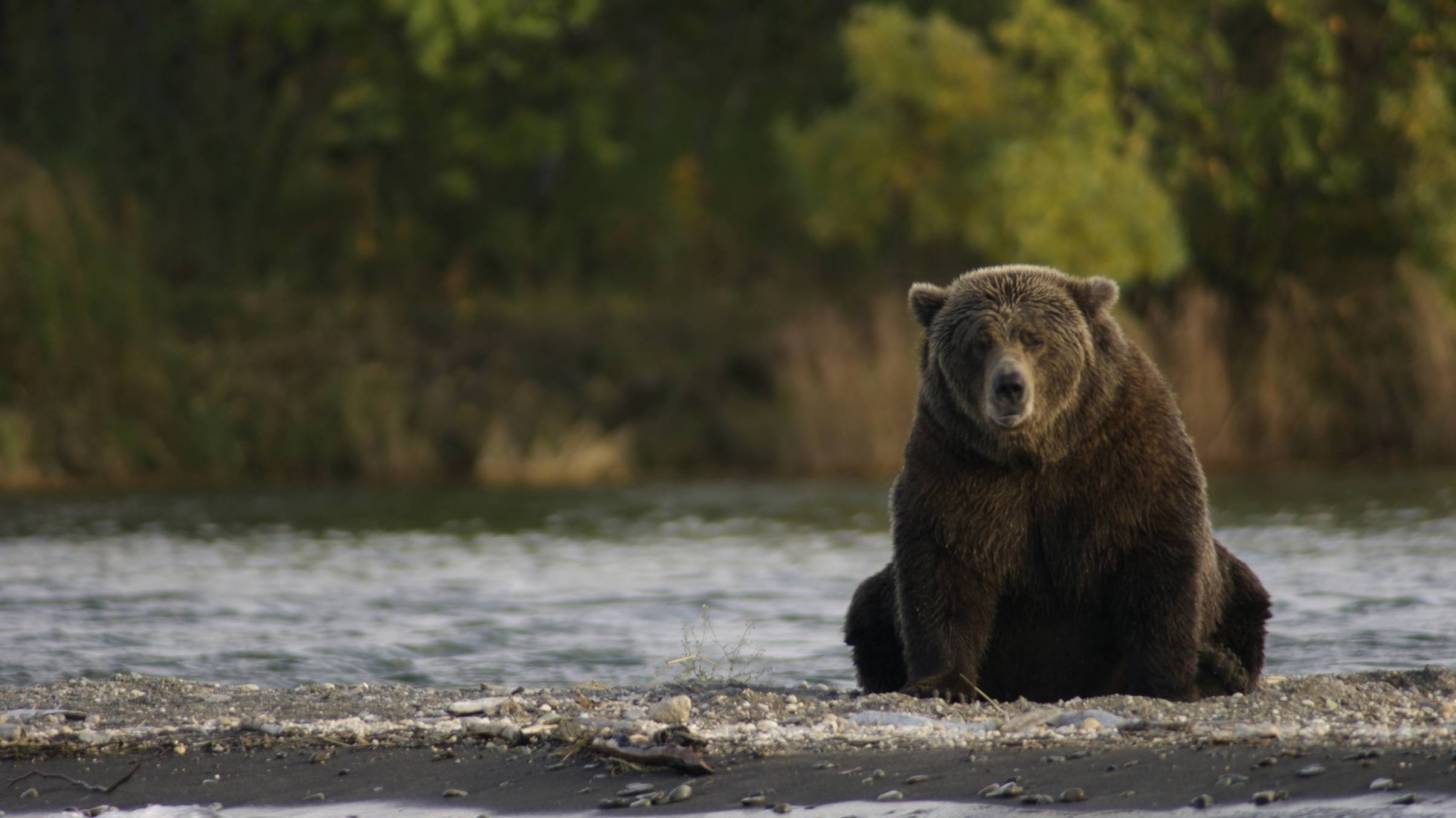
The mumps outbreak in Alaska, which started in Anchorage during the summer of 2017, continues to spread and is extending into other communities.
As of February 15, 2018, there were 214 confirmed and 33 probable cases of mumps identified by the Alaska Department of Health and Social Services (ADHSS).
"There is no sign that the mumps outbreak is slowing down," the ADHSS said.
ADHSS issued an alert to Alaska residents, highlighting a new mumps vaccination option.
‘Any Alaska resident who would like to have additional protection against mumps during the current outbreak may receive a third dose of measles, mumps, and rubella (MMR) vaccine if it has been at least 5 years since their second dose,’ said the ADHSS in a written notice.
‘Because mumps cases have been identified in communities outside of Anchorage, it is becoming ever more difficult to determine who is at increased risk for acquiring mumps and thus who should receive a third dose of MMR vaccine.’
‘As such, per the updated recommendations below, any Alaska resident who would like additional protection against mumps during the current outbreak, regardless of where they live in Alaska, is now eligible to receive a third dose of the MMR vaccine,’ said the ADHSS statement.
This ADHSS action coincides with the Centers for Disease Control and Prevention (CDC) updated recommendation.
On October 25, 2017, the CDC recommended that persons previously vaccinated with two doses of MMR who are identified by public health as being at high-risk for mumps during an outbreak should receive a third dose of MMR.
Regarding eligibility for the State-Supplied MMR Vaccine:
- All children who meet the state recommendations for an additional dose of MMR during the current outbreak are eligible to receive state-supplied MMR.
- Adults who meet the state recommendations for an additional dose of MMR during the current outbreak may receive state-supplied MMR if their insurance carrier participates in the Alaska Vaccine Assessment Program (AVAP), or if they are uninsured and their medical provider has opted-in to AVAP for uninsured adults. (http://akvaccine.org/)
- Adults who are not eligible for state-supplied MMR would need to purchase the vaccine or contact their carrier to see if it will be covered.
- Alaska Medicaid will cover recommended doses of MMR during this outbreak.
- Healthcare providers participating in AVAP should order sufficient quantities of MMR vaccine to assure an adequate supply.
- More information about state-supplied vaccine eligibility is available on the Immunization Program’s website.
Mumps is a viral illness caused by a paramyxovirus, a member of the Rubulavirus family, and is very contagious. The average incubation period for mumps is 16 to 18 days, with a range of 12 to 25 days.
Most people with mumps will have swelling of their salivary glands, which causes the puffy cheeks and a tender, swollen jaw.
The first vaccine against mumps was licensed in the United States in 1967. By 2005, mumps rates declined by more than 99% thanks to high two-dose vaccination coverage among children.
The mumps component of the MMR vaccine is about 88% effective when a person gets two doses, and one dose is about 78% effective.
Two studies evaluated after the third dose of MMR vaccine and demonstrated a significant increase 1 month after vaccination, reports the CDC.
However, the antibody titers declined to near baseline by 1 year after vaccination.
In the USA, Merck is the manufacturer of two mumps vaccinations. MMR and ProQuad both contain the protection for mumps, as well as protection against measles and rubella.
The CDC Vaccine Price List provides the private sector vaccine prices for general information.
Most pharmacies offer the MMR vaccine, and vaccine discounts can be found here.
Our Trust Standards: Medical Advisory Committee


